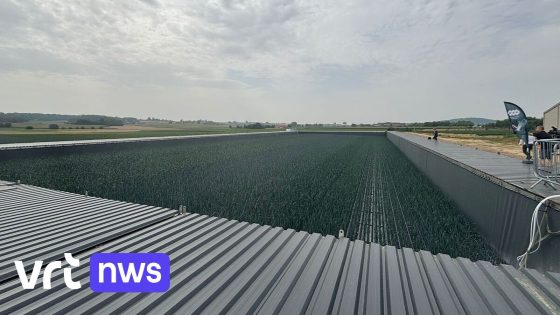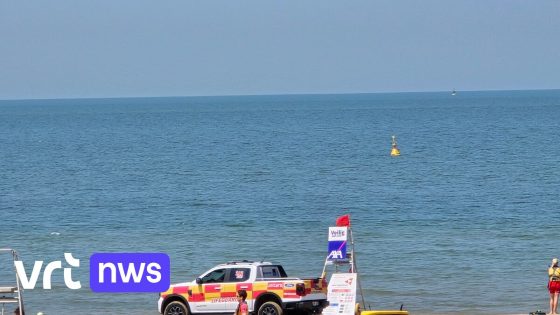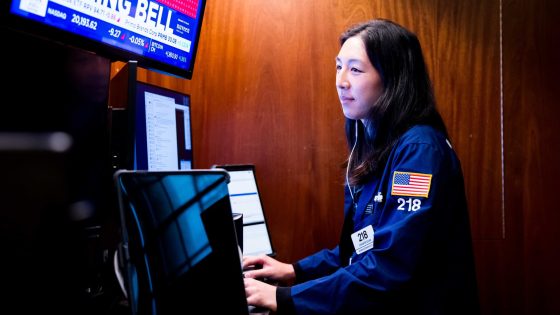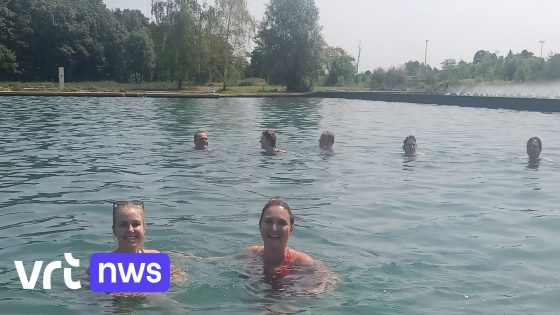Hydro leek cultivation is making waves in Ieper, introducing a sustainable twist to traditional agriculture. This innovative method grows leeks not in soil but in nutrient-rich water basins, promising a greener future for Belgian farming. As of 2025-08-13 16:03:00, local farmers have started adopting this technique on a large scale.
- Teelt hydroprei op grote schaal in Ieper
- Kweek prei zonder bodem, in bekken
- Circulatie van voedingswater vervangt grondteelt
- Voorkomt meststofvervuiling in natuur
- Bespaart zes keer meer teeltoppervlak
- Produceert uniforme preistengels efficiënt
Why switch to hydro leek cultivation? The new approach produces uniform stalks, reduces fertilizer runoff into nature, and requires significantly less space than conventional field growing. Could this be the answer to balancing productivity and environmental care in Belgium?
With such clear benefits, hydro leek cultivation is set to reshape local agriculture. Let’s explore what this means for Belgian growers and consumers alike.
What makes hydro leek cultivation stand out? It challenges traditional farming by optimizing space and environmental impact. This method could inspire other Belgian regions to rethink crop production. Key points include:
- Uses about six times less space than soil-based leek farming
- Prevents fertilizers from contaminating local ecosystems
- Produces consistent, high-quality leek stalks
- Supports sustainable agriculture goals in Belgium
As hydro leek cultivation gains momentum, Belgian farmers and policymakers should consider expanding this practice. Could this be the future standard for leek growing across Belgium? The time to act and innovate is now.
































